1.
Introduction
The Laplace operator Δ acting on smooth functions of a Riemannian manifold (Mn,g), is defined by Δf=div(∇f), where ∇f is the gradient of f. It is known that Δ is a self adjoint elliptic operator with respect to the inner product (,) defined on the algebra of smooth functions C∞(Mn) with compact support by
where dVg is the volume form on Mn with respect to the metric g. If Δf=−λf, for a constant λ, then λ is said to be an eigenvalue of the Laplace operator Δ, the negative sign in the definition chosen so that for non-zero eigenvalue λ, λ>0. The set of eigenvalues λi of the Laplace operator Δ on a Riemannian manifold (Mn,g) is called the spectrum of (Mn,g). Spectra of known Riemannian manifolds such as the sphere Sn(c) and the real projective space RPn are known, and a nice description could be found in [2] (Chapter 2, Section 5). Two Riemannian manifolds of same dimension (Mn,g) and (¯Mn,¯g) having the same spectra are said to be isospectral manifolds, whereas they are said to be isometric if there exists a diffeomorphism ϕ:Mn→¯Mn that preserves the metric ϕ∗(¯g)=g∘ϕ, that is, ϕ is an isometry. In the mid Nineteenth century, it was an open question whether isospectral Riemannian manifolds are isometric. We see that physicists followed this question under the topic "On hearing the shape of a drum" or "Can one hear the shape of a drum?" (cf. [5,11]), while Milnor constructed two flat tori in dimension 16, which are isospectral but not isometric (cf. [12]). In [12], the author constructed two 2-dimensional compact manifolds of constant negative curvature which are isospectral and not isometric. Further, Ejiri constructed two non-flat compact Riemannian manifolds which are isospectral but not isometric (cf. [6]). This initiated an interest in comparing spectra of two Riemannian manifolds, for further results in this direction, we refer to (cf. [1,7,8,9,10,15]). One of the natural questions is under what conditions two isospectral Riemannian manifolds are isometric? We know that the n-sphere Sn(c) has first non-zero eigenvalue λ1=nc, and, supposing an n-dimensional Riemannian manifold (Mn,g) also has non-zero eigenvalue λ1=nc, we reduce the above general question to the following specific question: Under what condition is an n-dimensional Riemannian manifold (Mn,g) that has non-zero eigenvalue λ1=−nc for a positive constant c isometric to Sn(c)? In order to answer this question, naturally, we need a smooth function ρ on an n-dimensional Riemannian manifold (Mn,g) that satisfies Δρ=−ncρ. In order to address this issue of finding a smooth function, we consider two situations:
(ⅰ) Considering (Mn,g) as an isometrically immersed hypersurface in the Euclidean space (Rn+1,⟨,⟩) with isometric immersion f:(Mn,g)→(Rn+1,⟨,⟩), though there are several known functions on the hypersurface (Mn,g), namely, the mean curvature function, the scalar curvature function, as well as the support function, but they cannot be eigenfunctions of the Laplace operator corresponding to a non-zero eigenvalue, while (Mn,g) is isometric to the sphere Sn(c). Then, we go for the alternative, namely, for a constant unit vector field →a on the Euclidean space Rn+1, we get a smooth function ρ=⟨f,→a⟩ on the hypersurface (Mn,g), which we require to satisfy Δρ=−ncρ, c>0.
(ⅱ) We seek the Riemannian manifold (Mn,g), and there exists a non-trivial concircular vector field ξ with potential function ρ and we require that the potential function ρ satisfies Δρ=−ncρ, c>0.
In this article, we explore the above two situations that an n-dimensional Riemannian manifold (Mn,g) has an eigenvalue of the Laplace operator same as the first non-zero eigenvalue of the sphere Sn(c), and find an additional condition so that these two are isometric (See Theorems 1, 2, 3). In the language of physics, "yes, we could hear a node through an apparatus to predict the shape of a drum".
2.
Preliminaries
On an n-dimensional Riemannian manifold (Mn,g), denote by ∇ the Riemannian connection. The curvature tensor R of (Mn,g) is given by
where Γ(TMn) is the space of smooth sections of the tangent bundle TMn. The Ricci tensor Ric of (Mn,g) is a symmetric tensor given by
where {e1,..,en} is a local orthonormal frame (or lof) on (Mn,g). The Ricci operator Q of (Mn,g) is related to the Ricci tensor by
and therefore Q is a symmetric (1,1) tensor field. The scalar curvature τ of the Riemannian manifold (Mn,g) is given by
The following formula is well known (cf. [2]),
where ∇τ is the gradient of τ, and the covariant derivative is given by
Given a smooth function f:Mn→R on a Riemannian manifold (Mn,g), the Laplace operator Δ acts on f, given by
where ∇f is the gradient of f and
If (Mn,g) is closed, then Stokes's theorem implies
where dVg is the volume element of (Mn,g).
Given a symmetric (1,1) tensor field T on an n-dimensional Riemannian manifold (Mn,g) with trace t, that is,
then the Cauchy–Schwartz inequality is
where
Moreover, the equality in (2.3) holds if and only if
where I is the identity (1,1) tensor.
Suppose on an n-dimensional closed Riemannian manifold (Mn,g) there is a smooth function f that satisfies Δf=−ncf for a constant c. Then we have fΔf=−ncf2. Then, integrating by parts, the last equation leads to
3.
Compact hypersurfaces in a Euclidean space with non-zero eigenvalue nc of the Laplace operator
In this section, we consider an n-dimensional Riemannian manifold (Mn,g) that admits an isometric immersion f:(Mn,g)→(Rn+1,⟨,⟩) into the Euclidean space (Rn+1,⟨,⟩), where ⟨,⟩ is the Euclidean inner product. We denote by ς the unit normal to the hypersurface (Mn,g), and by B the shape operator with respect to the isometric immersion f. Then, denoting the Euclidean connection on (Rn+1,⟨,⟩) by ¯∇ and the Riemannian connection on the hypersurface (Mn,g) by ∇, we have the following fundamental equations for the hypersurface (cf. [2])
and
The mean curvature β of the hypersurface (Mn,g) is given by
where {e1,..,en} is a local orthonormal frame on (Mn,g).
The curvature tensor, the Ricci tensor, and the scalar curvature of the hypersurface (Mn,g) are given by (cf. [2])
and
Also, the shape operator B has the following wonderful property (Codazzi equation of the hypersurfaces in flat spaces)
Using Eqs (3.3) and (3.4) as well as the symmetry of the shape operator, we have for any X∈Γ(TMn)
Note that Bel=∑jg(Bel,ej)ej and ∇Xel=∑kωkl(X)ek, where g(Bel,ej) is symmetric while the connection forms ωkl are skew symmetric. Therefore,
Thus, above equation becomes
that is, we have
Treating the isometric immersion f:(Mn,g)→(Rn+1,⟨,⟩) as a position vector of points of Mn in Rn+1, and defining σ=⟨f,ς⟩, called the support function of the hypersurface (Mn,g), we express f as
where ξ∈Γ(TMn) is tangential to (Mn,g). Differentiating equation (2.4), while using Eqs (3.1) and (3.2), we have upon equating the tangential and normal parts
and
Taking a constant unit vector field →a on the Euclidean space Rn+1 (for instance a coordinate vector field), we define a smooth function h on the hypersurface (Mn,g), by h=⟨→a,ς⟩. Denoting the tangential part of →a to the hypersurface (Mn,g) by ζ, we have
Differentiating the above equation with respect to X∈Γ(TMn), while using Eqs (3.1) and (3.2), we have upon equating the tangential and normal parts
and
Now, we prove the main result of this section.
Theorem 1. An n-dimensional compact and connected isometrically immersed hypersurface f:(Mn,g)→(Rn+1,⟨,⟩) in the Euclidean space (Rn+1,⟨,⟩) with mean curvature β and a constant unit vector →a=ζ+hς on Rn+1, where the function ρ=⟨f,→a⟩ satisfies Δρ=−ncρ for a positive constant c, is isometric to the sphere Sn(c) if and only if the Ricci curvature Ric(ζ,ζ) satisfies
Proof. Consider an n-dimensional compact and connected Riemannian manifold (Mn,g) that admits an isometric immersion f:(Mn,g)→(Rn+1,⟨,⟩) in the Euclidean space (Rn+1,⟨,⟩) with shape operator B, mean curvature β, and a constant unit vector →a=ζ+hς on Rn+1, where the function ρ=⟨f,→a⟩ satisfies
for a positive constant c. Also, the Ricci curvature Ric(ζ,ζ) satisfies
Now, differentiating ρ=⟨f,→a⟩in the direction of X∈Γ(TMn), we get X(ρ)=⟨X,→a⟩=⟨f,ζ⟩. This gives us the gradient of ρ as
The Hessian operator Hρ of the function ρ is given by HρX=∇X∇ρ, X∈Γ(TMn), and using Eqs (3.8) and (3.12), we arrive at
Taking the trace in the above equation and taking account of Eq (3.10), we get
and therefore, through Eq (3.13), we conclude
From the above equation, we reach
Next, using Eq (3.8), we have
which yields
Inserting divζ=nhβ (an outcome of Eq (3.8)), in the above equation, we arrive at
Recalling the following well known integral formula (cf. [16])
and integrating Eq (3.16) while using the above integral formula, we conclude
Using Eq (3.8), we compute
and consequently, we have
Thus, inserting above equation and divζ=nhβ in Eq (3.17) confirms
that is,
For a local orthonormal frame {e1,..,en}, we have
Utilizing the above equation in (3.18), we arrive at
Inserting from Eq (3.15) in the above equation, we have
and treating it with inequality (3.11) allows us to reach the conclusion
Note that ρ satisfies Eq (3.10), that is, Δρ=−ncρ for a non-zero constant c. We claim that ρ can not be a constant, for if it were, Equation (3.10) will imply ρ=0, and then Eq (3.14) will imply hβ=0. Note that by Eq (3.6) we have divξ=n(1+σβ), and therefore on the compact hypersurface (Mn,g), we have (cf. [4])
which does not allow β=0. Hence, in the situation where ρ is a constant, we have h=0, and, also, by Eq (3.12), ζ=0, and by virtue of Eq (3.7), we will reach the conclusion →a=0, contrary to the assumption that →a is a unit vector. Thus, ρ is a non-constant function which satisfies Obata's equation (3.8) proving that (Mn,g) is isometric to the sphere Sn(c) (cf. [13,14]).
Conversely, consider the isometric immersion f:Sn(c)→(Rn+1,⟨,⟩) of the sphere Sn(c) in the Euclidean space (Rn+1,⟨,⟩) given by f(x)=x. Then, the unit normal ς=√cf, the shape operator B=−√cI, and the mean curvature β=−√c. Consider the unit constant vector →a given by the first Euclidean coordinate vector field, that is,
where ζ is tangent to the sphere Sn(c) and h=⟨→a,ς⟩=⟨→a,√cf⟩=√c⟨f,→a⟩. Thus, defining ρ=⟨f,→a⟩, we have
Now, differentiating (3.19) in the direction of X∈Γ(TSn(c)) and equating the tangential and normal parts, we confirm
Using Eqs (3.19) and (3.20), we see √cζ=√c∇ρ, that is,
which, in view of the first equation in (3.20), provides
Finally, using Eq (3.21), the Ricci curvature Ric(ζ,ζ) of the sphere Sn(c) is given by
However, Equations (3.19) and (3.22) confirm
Now, integrating Eq (3.23) while using above equation yields
Hence, the converse also holds.
□
Next, we prove the following result for the complete hypersurface (Mn,g) of the Euclidean space (Rn+1,⟨,⟩).
Theorem 2. An n-dimensional complete and simply connected isometrically immersed hypersurface f:(Mn,g)→(Rn+1,⟨,⟩), n>1, in the Euclidean space (Rn+1,⟨,⟩) with mean curvature β and a constant unit vector →a=ζ+hς on Rn+1, where the function h=⟨→a,ς⟩≠0 satisfies Δh=−nch for a positive constant c, is isometric to the sphere Sn(c) if and only if the mean curvature β is a constant along the integral curves of ζ and β2≥c holds.
Proof. Consider an n-dimensional complete and simply connected Riemannian manifold (Mn,g) that admits an isometric immersion f:(Mn,g)→(Rn+1,⟨,⟩) in the Euclidean space (Rn+1,⟨,⟩) such that the function h=⟨→a,ς⟩≠0 satisfies
with mean curvature β satisfying
and
We use Eqs (3.5) and (3.8), the symmetry of the shape operator B, and a local orthonormal frame {e1,..,en} in order to find div(Bζ),
Using Eq (3.15), we get
Now, taking the divergence in Eq (3.9) and using the above equation with Eq (3.24) yields
that is,
Combining above equation with inequality (3.25), while keeping in view Cauchy–Schwartz's inequality ‖B‖2≥nβ2, we get
Since h≠0, we get
which, being an inequality in Cauchy–Schwartz's inequality ‖B‖2≥nβ2, we must have
The above equation implies
which gives
Combining the above equation with Eq (3.5) yields
and, as n>1, we get that β is a constant, and by virtue of Eqs (3.26) and (3.27), we have
Now, using Eq (3.27) in the expression of the curvature tensor of the hypersurface with the above equation gives
that is, (Mn,g) is a complete and simply connected space of constant positive curvature c. Hence, (Mn,g) is isometric to Sn(c). The converse is trivial.
□
4.
Concircular vector field with potential function σ an eigenfunction of Laplace operator with eigenvalue nc
Consider an n-dimensional Riemannian manifold (Mn,g) that possesses a concircular vector field ξ (cf. [3]), that is, the vector field satisfies
where σ is a smooth function, called the potential function of the concircular vector field. A concircular vector field is said to be non-trivial if the potential function σ≠0. Using Eq (4.1), we immediately have
In this section, we are interested in an n-dimensional compact Riemannian manifold (Mn,g) that possesses a non-trivial concircular vector field ξ with potential function σ satisfying
where c>0 is a constant, that is, σ is an eigenfunction of the Laplace operator with eigenvalue the same as the first non-zero eigenvalue of the sphere Sn(c), and we find a condition under which (Mn,g) is isometric to the sphere Sn(c).
Before we approach this issue, we first prepare an auxiliary result to prove the main result. First, for Eq (4.1), using Eq (2.1) immediately gives the following expression of the curvature tensor, namely
Taking the trace in the above equation and using Eq (2.2), we reach
and this equation gives the following expression for the Ricci operator Q operating on ξ, namely
where ∇σ is the gradient of the potential function σ.
In the following paragraph, we show that for each concircular vector field ξ on a connected Riemannian manifold (Mn,g) there corresponds a smooth function f, which we call a concircular function of the concircular vector field ξ. Note that Eq (4.2) implies
and the operator R(X,ξ)ξ, X∈Γ(TMn) is symmetric in X, and, therefore, the above equation implies
The above equation implies
and taking the inner product in the above equation with ∇σ and replacing X by ξ, we conclude
that is
This proves that vector fields ∇σ and ξ are parallel, and, consequently, there exists a smooth function f such that
We call this function f the concircular function of the concircular vector field ξ.
First, we prove the following proposition.
Proposition 1. Let ξ be a non-trivial concircular vector field on an n-dimensional compact Riemannian manifold (Mn,g) with potential function σ and concircular function f. If the potential function σ satisfies
for a positive constant c, then
Proof. Let ξ be a non-trivial concircular vector field on an n-dimensional compact Riemannian manifold (Mn,g) with potential function σ and concircular function f, and the potential function σ satisfies
for a positive constant c. Using Eqs (4.2) and (4.3), we have
and integrating the above equation, we confirm
Using the integral formula in [16], we have for a vector field ζ on (Mn,g)
Replacing ζ in the above equation by ∇σ and noting that
we conclude
Thus, we have
and, inserting Eq (4.4), we reach
Now, inserting from Eq (4.4) in the above equation takes us to
Using Eqs (4.3) and (4.4), we have
and using this in Eq (4.5) leads to
Note that taking the divergence on both sides of Eq (4.4) and using Eq (4.2) gives
and combining this with Eq (4.4) allows us to conclude
Using Eqs (4.2), (4.4), and (4.7), we compute
and, integrating the above equation, gives
Inserting the above equation into Eq (4.6) leads to
and combining it with Eq (4.7) yields
□
As a straightforward application of the above result, we have the following theorem.
Theorem 3. An n-dimensional compact and connected Riemannian manifold (Mn,g) admits a non-trivial concircular vector field ξ with potential function σ and concircular function f such that the potential function σ satisfies
for a positive constant c, and the concircular function f is a constant along the integral curves of ξ if and only if (Mn,g) is isometric to Sn(c).
Proof. Suppose an n-dimensional compact and connected Riemannian manifold (Mn,g) admits a non-trivial concircular vector field ξ with potential function σ and concircular function f such that the potential function σ satisfies
for a positive constant c, and the concircular function f is a constant along the integral curves of ξ. Then, by Proposition 1 we have
The Cauchy–Schwartz inequality implies
and equality holds if and only if
In view of inequality (4.10) and Eq (4.9), we are ready to conclude the equality
and, therefore, Eq (4.11) holds. Combining Eqs (4.8) and (4.11), we arrive at
Note that the potential function σ can not be a constant, for if it were a constant, the above equation would imply σ=0, which is contrary to the assumption that ξ is a non-trivial concircular vector field. Thus, Equation (4.12) is Obata's equation, and therefore (Mn,g) is isometric to the sphere Sn(c) (cf. [13,14]).
Conversely, take a constant unit vector →a on the Euclidean space (Rn+1,⟨,⟩) while treating Sn(c) as a hypersurface of (Rn+1,⟨,⟩) with unit normal ς, shape operator B=−√cI, and expressing →a as
where ξ is tangent to Sn(c) and h=⟨→a,ς⟩. Differentiating equation (4.13) with respect to X∈Γ(TSn(c)) and equating the tangential and normal parts, we arrive at
This confirms that ξ is a concircular vector field on Sn(c) with potential function σ=−√ch, and the second equation gives ∇σ=−cξ. This proves that the concircular function f=−c. Moreover, if the potential function σ=0, we get h=0, and by the second equation in (4.14), we get ξ=0. In this case, Eq (4.13) confirms →a=0, a contradiction to the fact that →a is a unit vector. Thus, the potential function σ≠0, that is, the concircular vector field ξ on Sn(c) is non-trivial. Note that divξ=−n√ch=nσ, and, combining it with the equation ∇σ=−cξ, we get Δσ=−ncσ with c a positive constant. Hence, the converse holds. □
5.
Conclusions
We have initiated the study of an n-dimensional compact Riemannian manifold (Mn,g) that has an eigenvalue nc for a positive constant c of the Laplace operator the same as the first non-zero eigenvalue of the n-sphere Sn(c) of constant curvature c, and searched for an additional condition under which (Mn,g) is isometric to the sphere Sn(c). The main aim was to find an appropriate smooth function on (Mn,g) that will become the eigenfunction of the Laplace operator with eigenvalue nc as seen in Theorems 1 and 3. Naturally, the scope of this study is quite modest, for instance one can consider an n-dimensional compact Riemannian manifold (Mn,g) that admits a torse forming vector field ξ (cf. [17]). Recall that a torse forming vector field ξ on (Mn,g) satisfies
where σ is a smooth function defined on Mn called the conformal scalar and ω is a smooth 1-form on Mn called the generating form of the a torse forming vector field ξ. It will be an interesting question to consider torse forming vector field ξ on an n-dimensional compact Riemannian manifold (Mn,g) such that its conformal scalar σ satisfies Δσ=−ncσ for a positive constant c, and find conditions under which (Mn,g) is isometric to Sn(c).
We know that the second non-zero eigenvalue of the sphere Sn(c) is given by λ2=2(n+1)c, and another aspect of our work could be, if there is a smooth function f on an n-dimensional compact Riemannian manifold (Mn,g) such that Δf=−2(n+1)cf, that is, (Mn,g) has an eigenvalue same as second non-zero eigenvalue of the sphere Sn(c), to find additional condition on (Mn,g) so that (Mn,g) is isometric to Sn(c).
Author contributions
Sharief Deshmukh: Conceptualization, Methodology, Writing-original draft, Writing-review and editing, Supervision; Amira Ishan: Conceptualization, Methodology, Writing-review and editing; Olga Belova: Formal analysis, Writing-original draft, Writing-review and editing. All authors have read and agreed to the published version of the manuscript.
Acknowledgments
The authors would like to acknowledge the Deanship of Graduate Studies and Scientific Research, Taif University for funding this work.
Conflict of interest
The authors declare no conflicts of interest in this paper.











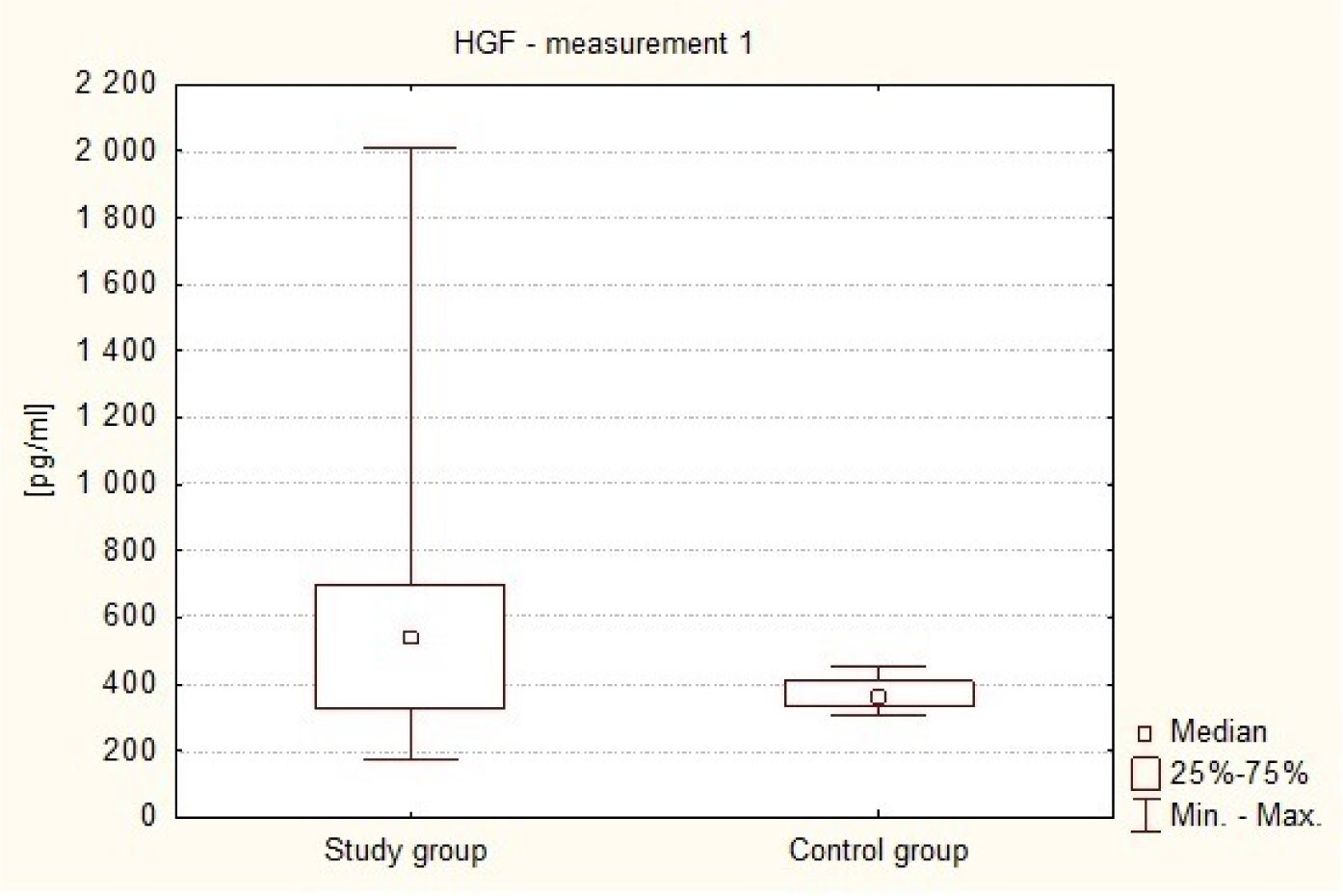
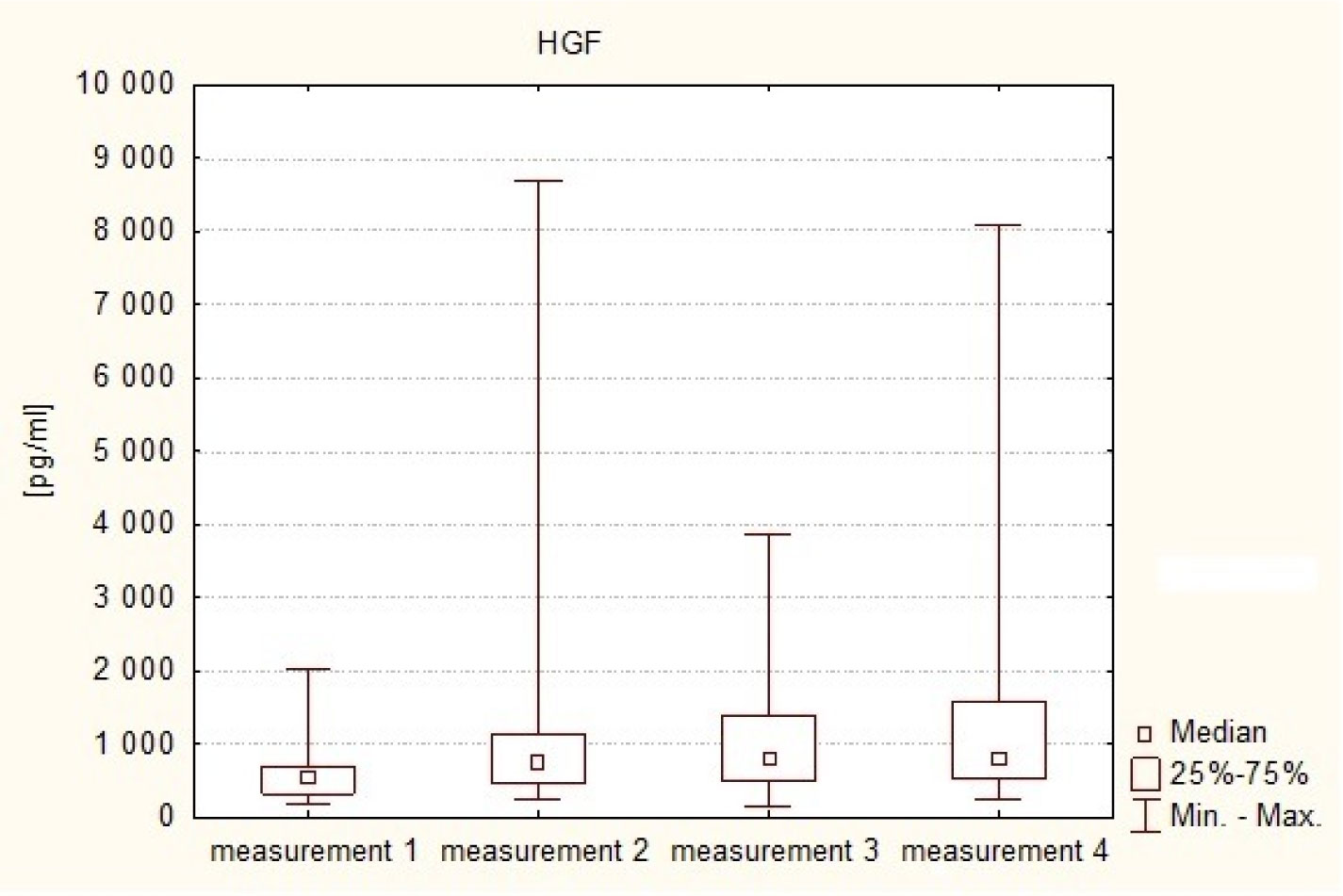
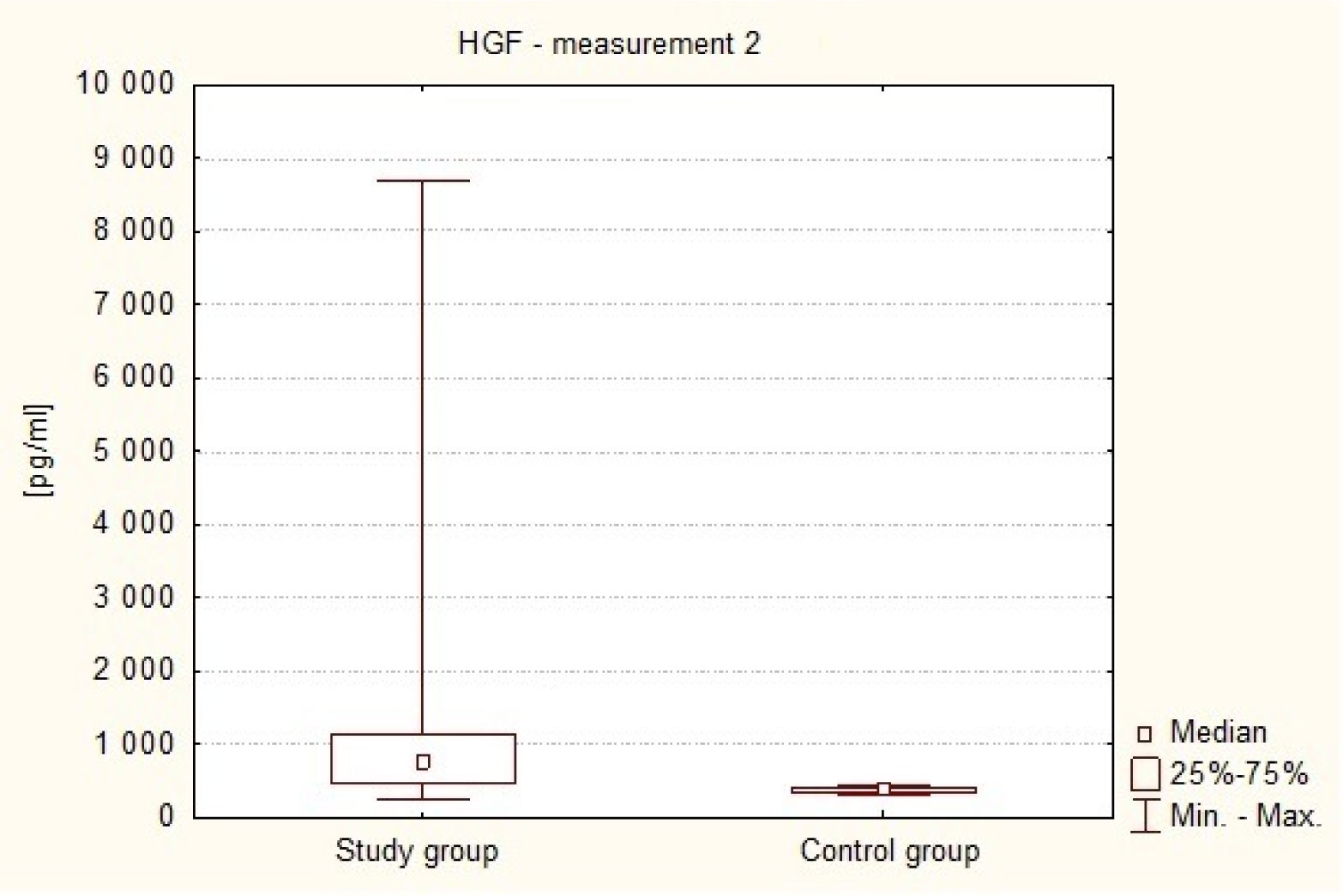
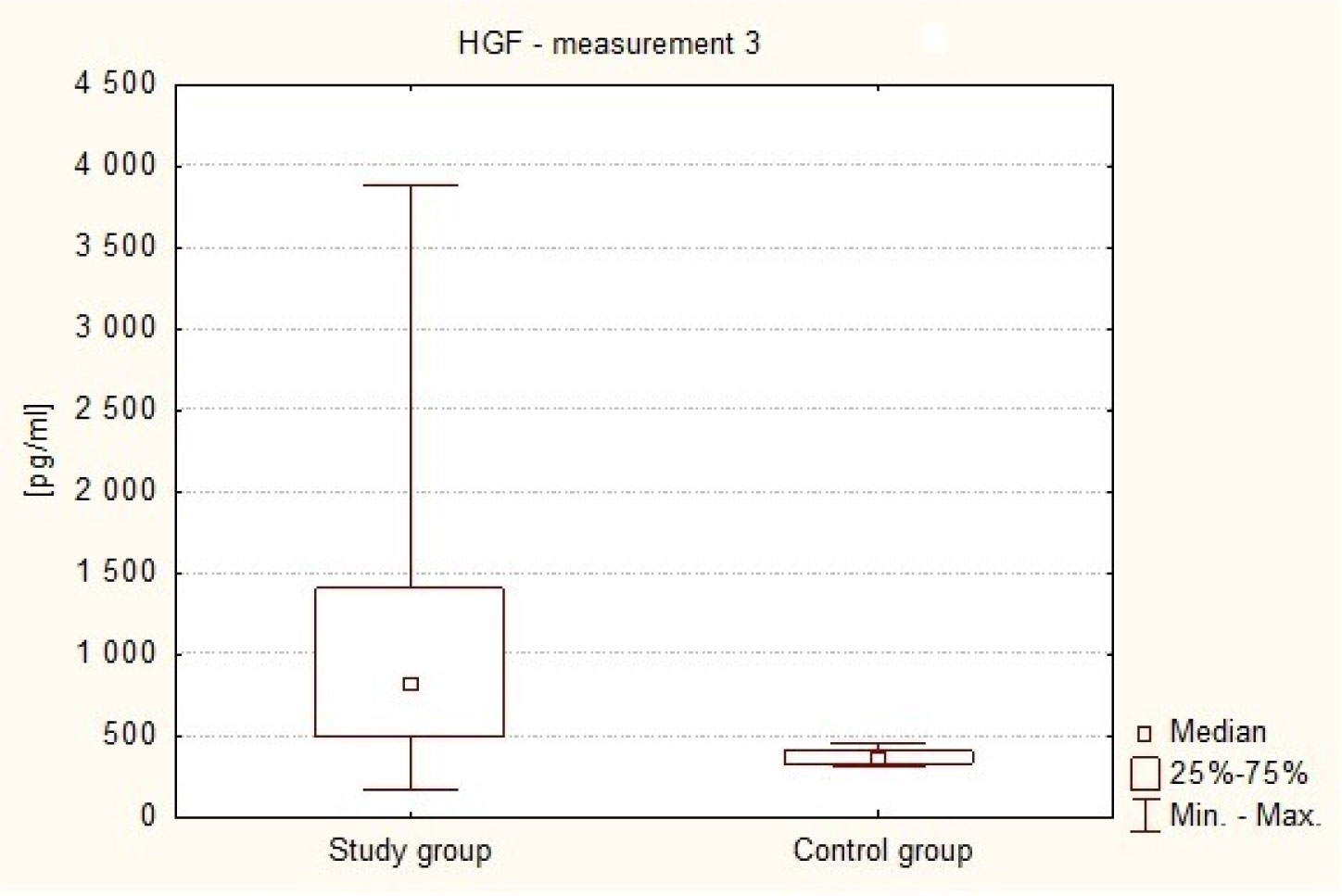
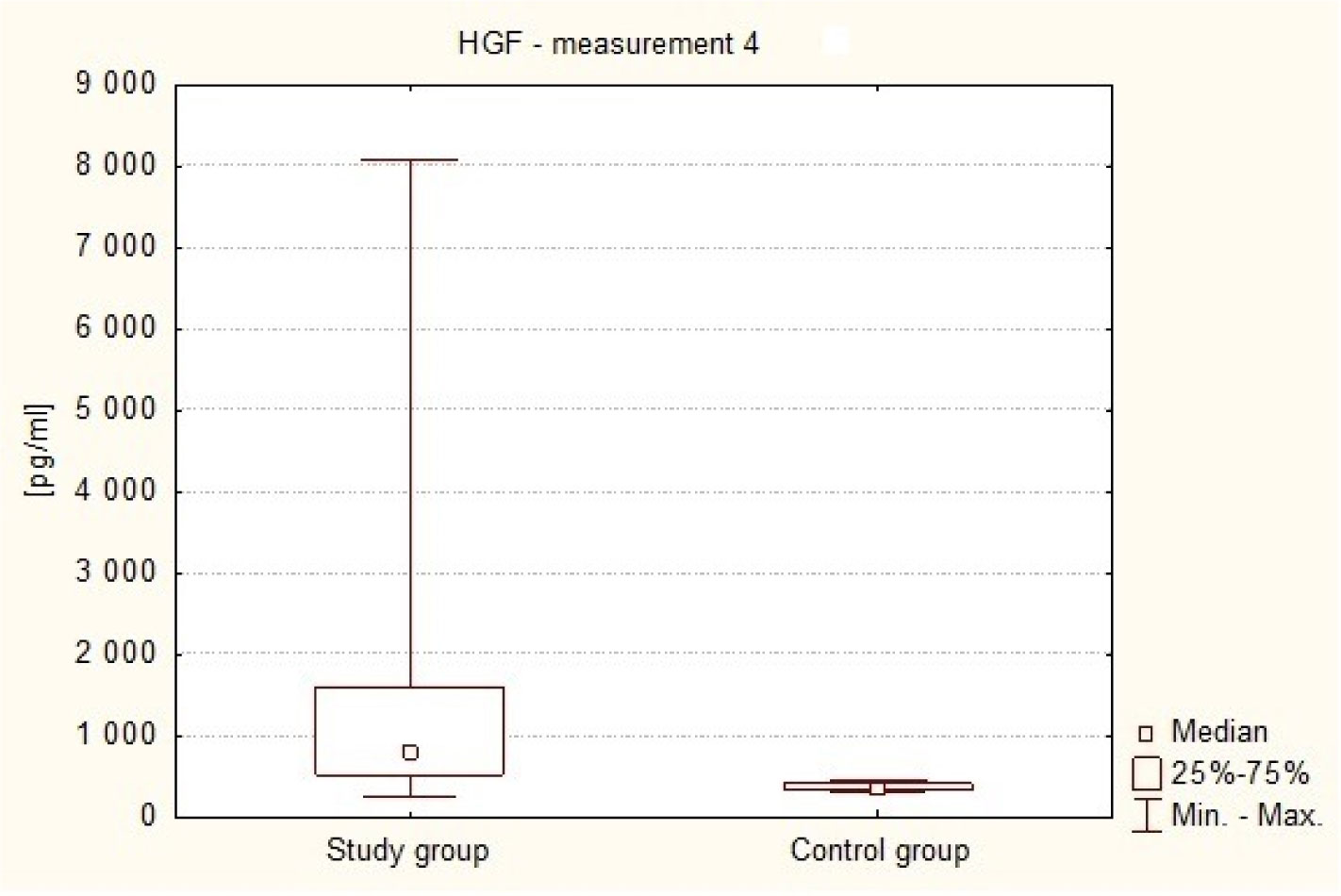
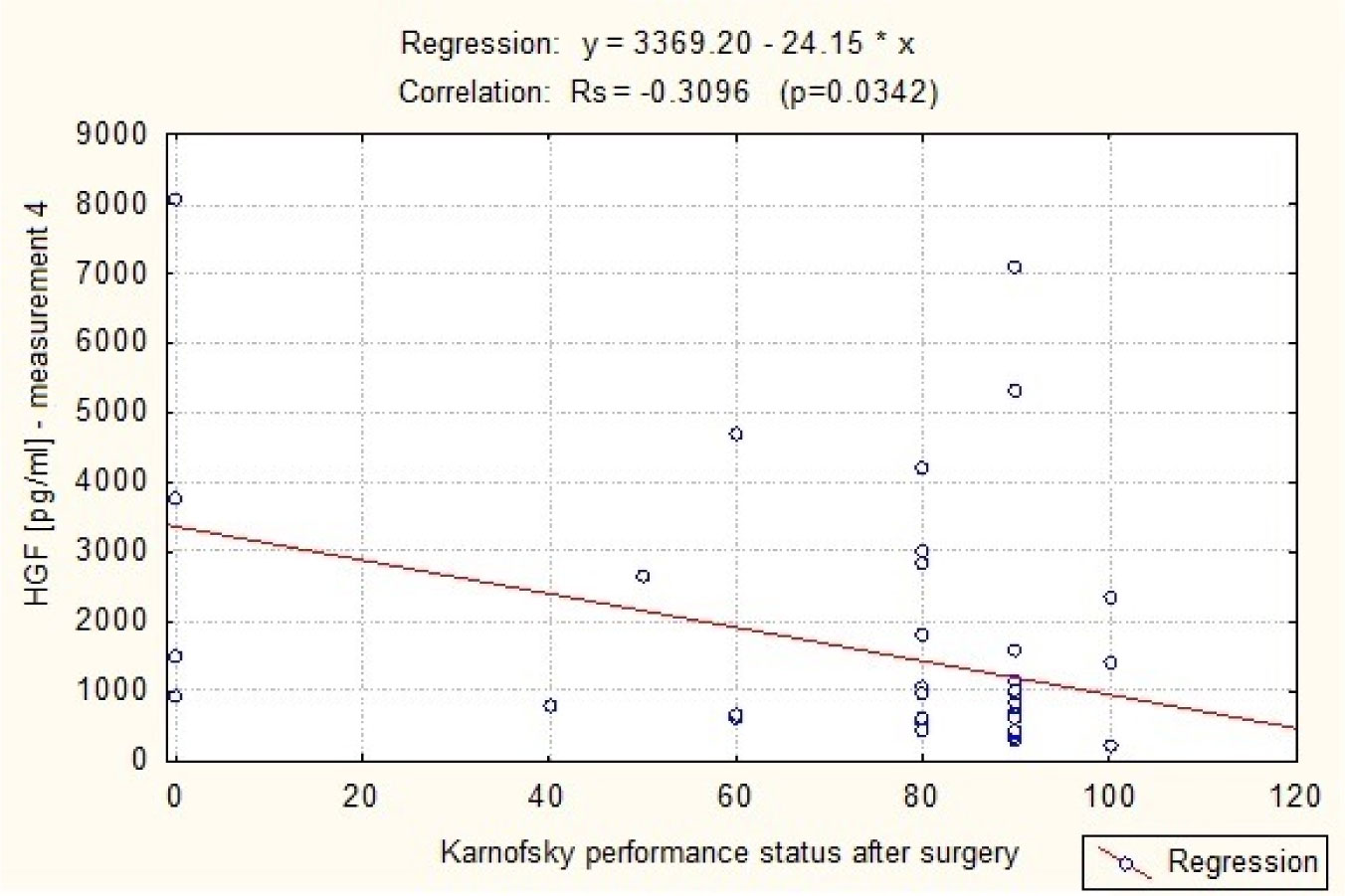
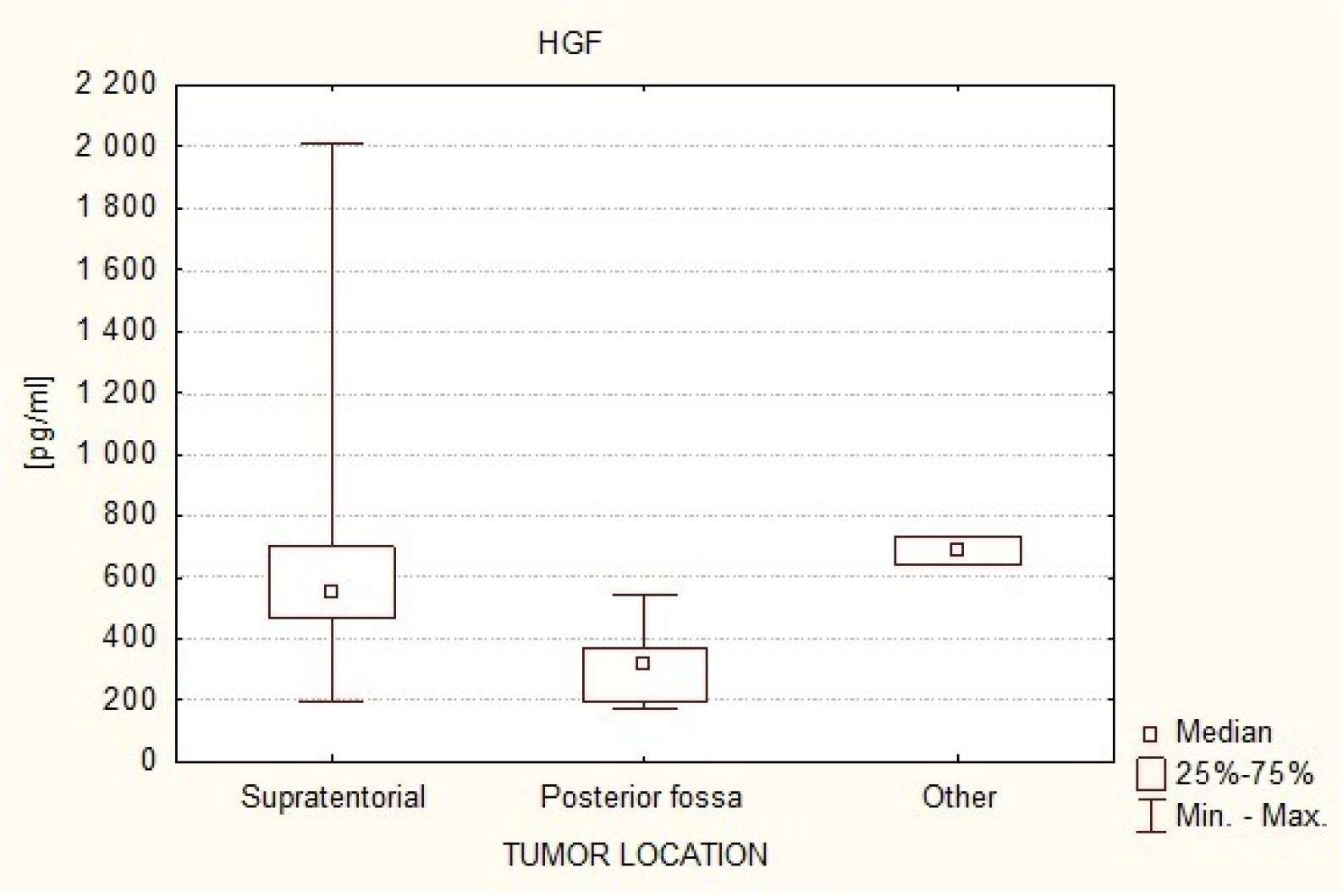


 DownLoad:
DownLoad: